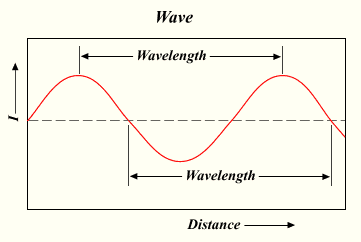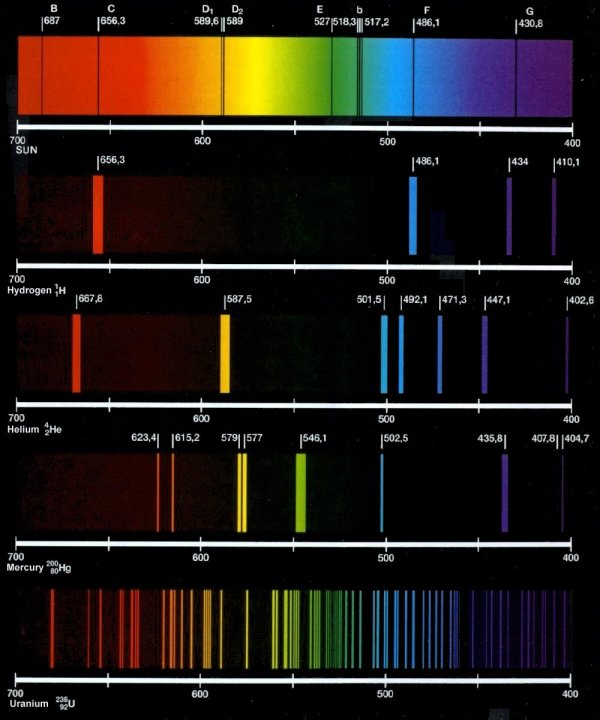Commercial Bleach is compared by the reaction of Cl2 with a base (usually a strong one). For the most part, this base is Sodium Hydroxide (NaOH), which yields NaClO (sometimes written as NaOCl; sodium hypochlorite). When aqueous, NaClO ionizes to Na+ and ClO– (Sodium and hypochlorite ions). When you bleach something, the ClO- ion is used in an oxidation-reduction (change of ionic charge) reaction, and is reduced to Cl-. The reducing agent (being oxidized) is the stain being acted on by the bleach.
Thus, we can easily find the concentration of OCl- in a solution by reacting a known mass of solution (commonly halide ions, for this we will use an Iodine ion) in an acidic solution.
OCl- (aq) + 2I- (aq) + 2H3O+ (aq) → I2 (aq) + Cl- (aq) + H2O (l)
As the iodine is in excess, the reaction of OCl- goes to completion. Now, we must determine the amount of I2 formed by means of titration (with Na2S2O3, sodium thiosulfate)
I2 (aq) + 2S2O3-2 (aq) → 2I- (aq) + S4O6-2 (aq)
S2O3 2- (thiosulfate ion) is reducing the iodine (I2) in order to form the polythionate (tetrathionate) ion S4O6 -2. As the titration reaches the endpoint (point where the reactions are stoichiometrically equal), the I2 concentration decreases as it is converted to the Iodine ion. This is marked by a change in color from a brown to a pale yellow (amber) color, and then finally to a colorless solution. This may be difficult to determine when the colorless solution is reached, so usually the addition of a starch (glucose joined together by glysodic bonds) is done when the color is that of a light yellow (as starch decomposes in the presence of an acid, and the loss of iodine as the attachment of I2 to the starch decomposes would be irreversible, it is imperative that this not be done until the color of the titration is that of a light amber). The addition of this starch will yield a blue color. The additional Thiosulfate ion breaks the I2 + starch complex down, and with the disappearance of the blue color (caused by the combination of I2 and starch) we can observe the endpoint, the amount of thiosulfate ion needed to react with I2, and the concentration of I2.
We can now determine the concentration of ClO- ion in the original bleaching solution by examining the volume of solution titrated, the volume/concentration of titration used, and the total stoichiometry of equations 1 and 2. We can determine the amount of moles of thiosulfate required to titrate x moles of Sodium Thiosulfate.
X moles of Thiosulfate (S2O3 2-) = (volume of Na2S2O3 in liters) * (number of moles of Na2S2O3) *(1mol S2O3 2-/1mol Na2S2O3)
Then we can use our balanced chemical reaction to find moles of I2 produced, then from that moles of ClO-, which would equal moles of NaClO-. From there, we find mass of NaClO, and determine percent solution of NaClO from the mass of the bleaching solution.
Usually, measuring small amounts causes greater error than measuring in large amounts. To alleviate this, we can dilute the commercial bleaching solution by adding more water. We will dilute 10ml of commercial bleach into 100ml of total solution. Then, we will add 100ml distilled water, 25ml of the diluted bleach solution, 10ml of Potassium Iodide (KI; source of Iodide ion) and 4ml of 6M HCl (hydrochloric acid). When we add HCl, there will be a reaction with the air releasing Iodine from the KI; it is imperative to continue titration as quickly as possible to prevent Iodine from disappearing from the system. When then titrate this to find the amount of ClO- ion is in the original concentration. Then, we add starch (1ml) for the excess iodide to bind too (after the titration goes from a brown to a light amber (think light beer color)). After we figure out the amount of S2O3 -2 concentrated, we can then figure out the mass of ClO- ion in the original solution.
A note: sometimes the titration will reach a clear color with black solid at the bottom (the solid is starch). Shaking the solution will return to the blue
Calculations to determine percent solution of NaClO in bleach:
(part A) X moles of Thiosulfate (S2O3 2-) = (volume of Na2S2O3 titrated in liters) * (number of moles used of Na2S2O3) (1 molS2O3 2- = 1 mol Na2S2O3)
(part B) X moles of I2 Produced = (Part A)/2 (2 mol S2O3 = 1 mol I2)
(part C) x moles of ClO- ion = (part B) (1 mol ClO- = 1 mol I2)
(part D) x mass (in grams) of NaOCl = (part c) *74.44g (molecular weight sodium thiosulfate. 1 mole ClO- = 1 mole NaOCl)
(part E) x % NaClO in concentrated solution = (part D)/(1.10g/ml*total ml of bleach in diluted solution (this case is 2.5)) We have .1 parts to 1 part of dilute solution, and we used 25 ml. We have 2.5ml of bleach.
This is usually around 6%. Thus, most commercial bleach contains a concentration of around 6% NaClO by weight. (Density of commercial bleach is usually around 1.10g/ml)
-Dr. Ricard
Questions, comments, concerns? Leave a comment.



